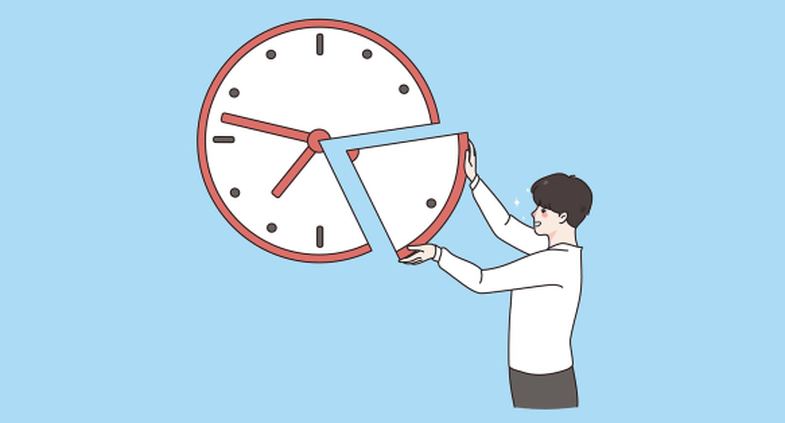
Determining the projects or work that requires more commitment and energy that you don't have to spare is the beginning of everything. But when you know what the tasks are that need to be accomplished, some sort of priority is needed. Try the 3-3-3 method and you'll thank us later.
What is the 3-3-3 method?
This technique comes from Oliver Burkeman, author of the book "Four Thousand Weeks: Time Management for Mortals". He advocates the idea of ??planning each workday around a 3-3-3 model, devoting three hours initially to getting you "head work" on the most important project. Then, complete three more urgent tasks that don't require three hours of focus. Finally, do three "maintenance" tasks, such as cleaning up emails, responding to others, and scheduling jobs.

Why does the 3-3-3 method work?
What distinguishes this method from others is those first three hours of work without being distracted. Dealing with them first means being fresh, focused. Keep those three hours free of e-mails, texts, chats or other mundane tasks as much as you can.

Deep work yields great productivity, so you'll achieve a lot if you commit to it. You'll be done in about three hours, so it's best to have those three other tasks ready to complete so you can stay productive even as you move on to less demanding responsibilities. , your maintenance tasks give you a chance to get things done while giving your brain a break. This technique means that you do the most difficult task first and then you will feel the same sense of relief as when you move on to the smaller tasks.
Use your maintenance time to prepare for the next day's work or to finish whatever you worked on during those three hours of intense focus.





